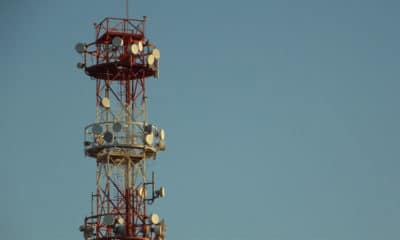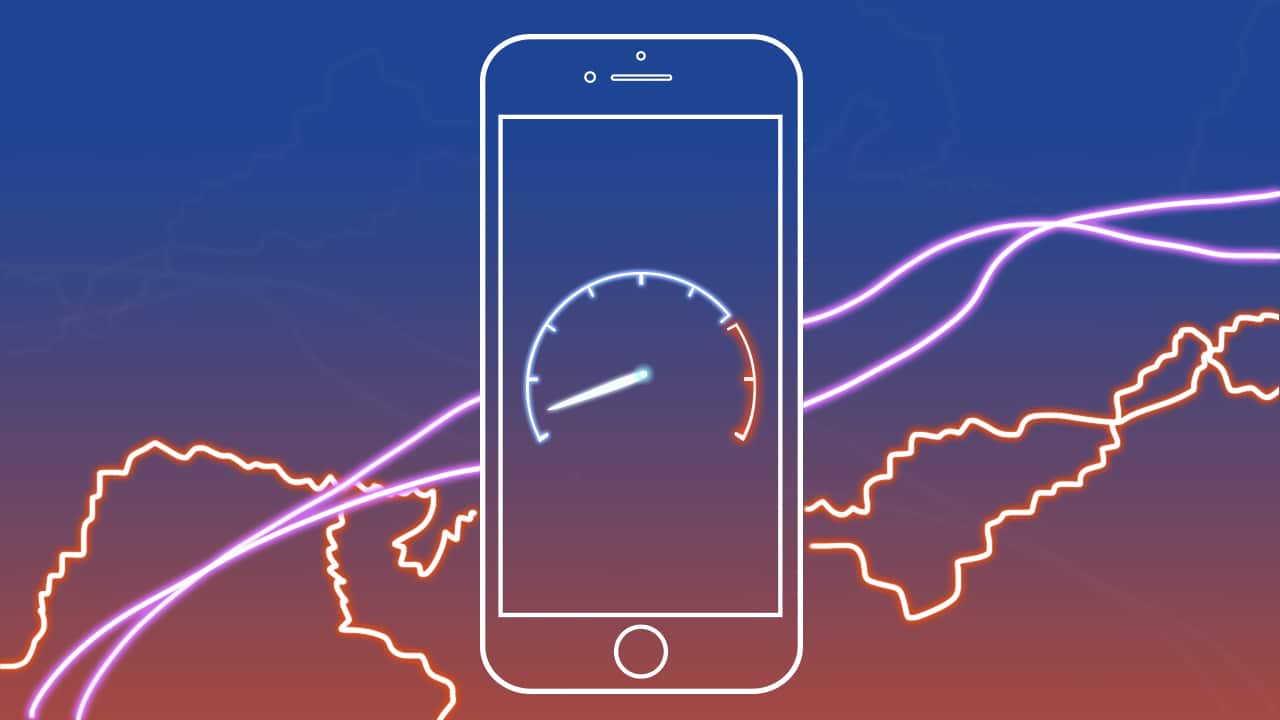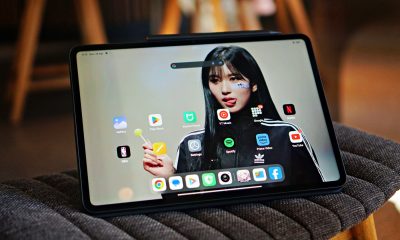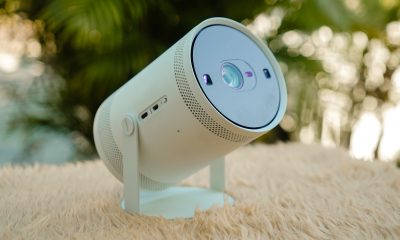Enterprise
Philippines improves 4G LTE availability but falls short at rankings
Still one of the slowest in the world

It’s no surprise that internet in Southeast Asia hasn’t caught up with 2018 standards. Based on several OpenSignal reports throughout the years, the region still rattles out poor ratings in 4G availability and speed.
Sadly, the most recent report shows more of the same. Though improving in reliability, internet in the region is still the slowest in the world.
The data was collected from over 4.8 million devices and almost 59 billion measurements throughout October to December last year.
The latest findings, which show definite improvements over last year’s results, offers eye-opening insights about the current state of 4G internet and its uncertain future.
South Korea still on top, but stumbles in speed
As with previous years, it’s no surprise that Singapore and South Korea dominate the boards once again. The world’s prime destination for eSports tops 4G availability; internet users in South Korea enjoy 4G connections for 97.49 percent of the time — a huge feat when around half of the recorded nations struggle to move past the 75 percent mark. Unfortunately, the country falls off a bit in terms of speed. Whereas the previous report clocked speeds of 43.46Mbps, this report measures a lower but still speedy 40.44Mbps.
On the other hand, Singapore tops the rankings for speed again with 44.31Mbps. Also, the country slightly improved their reliability at 84.43 percent.
The Philippines improves, but still a lower-tier country
Learning from their years-long stint at the bottom of the rankings, the Philippines finally improves their rankings with a marked upgrade on reliability. From a paltry 52.77 percent last year, the archipelagic nation now enjoys 63.73 percent 4G availability. As a result, the Philippines is no longer in the bottom 10 nations of the world, but is still the third lowest in Asia.
Unfortunately, the same can’t be said about the country’s speed. Despite an upgrade (from 8.59Mbps to 9.49Mbps), the Philippines is the fourth slowest country in the world (and third slowest in Asia). This year’s ranking is also slightly worse than last year’s list where the country placed as only the fifth slowest.
India barely moves up
Despite a brilliant showing in 4G availability, India still holds the unfortunate title of “slowest 4G internet in the world.” Indian internet speeds average only 6.07Mbps. The sub-par speeds slightly improved from last year’s showing, which only clocked in 5.14Mbps. This may be attributed to India’s status as one of the most populous nations in the world. On the bright side, the South Asian country marginally improved its reach — 86.26 percent from 81.56 percent last year.
4G internet speeds are plateauing
4G technology started in 2010. Since then, countries continue to edge closer but miss the vaunted 50Mbps mark. As of 2018, it’s safe to assume that everyone’s hitting the hay in the hunt for speed. Most, if not all, upgrades in speed this year were marginal at best. With the apparent plateau, the world focused on providing more reliable 4G internet across the globe. Countries fared better in improving their 4G reliability.
Too little, too late?
5G is just on the horizon. Tech companies are already pushing for 5G-compatible devices; 5G will soon obliterate the 4G speed plateau. With a more efficient solution coming, we should ask whether the race for the best 4G service shows an alarming trend.
Before we know it, the race to the best 5G network will kick off. Developed countries already have a leg up. Unfortunately, those who trailed in the 4G race will fall behind even further as 5G passes them by. Even if 5G will be easy to implement, the lack of reliable 4G in developing countries will only widen the gap between 5G-ready and 4G-ready countries.
SEE ALSO: Philippines still ranks near bottom for 4G LTE speeds and availability

For the longest time, Google kept Pixel and Android behind two different teams. While the Pixel team dealt with devices made by and for the brand, the Android team ships a product meant for brands outside of the company’s purview. However, the days of separation are at an end. Google is officially merging its Pixel and Android teams together.
In a shocking announcement, the company has confirmed that the teams handling hardware and software will fall under a single team headed by Rick Osterloh. Prior to the merge, Osterloh was the senior vice president of devices and service, which was Google’s hardware branch. He will now oversee both hardware and software.
Because of the new leadership change, Hiroshi Lockheimer, former head of Android, will now move on to other projects within Alphabet. Of note, the change is not harsh for Lockheimer. He and Osterloh had been contemplating on the merge for a while.
Now, why the change? As is the case with everything today, it’s all because of AI. Speaking to The Verge, Osterloh explains that the merge will help with “full-stack innovation.” With how technology is these days, it’s now impossible to develop AI without having a close eye on hardware, such as in Google’s AI developments for the Pixel camera. Merging the teams will help streamline development, especially when hardware is involved.
Despite the change, outside brands, like Qualcomm’s Cristiano Amon, remains confident of Android’s capabilities outside of Google. Just expect more AI coming out in the near future.

The ongoing trade war between the United States and China is putting a lot of companies out of business in one country. While all eyes are currently on America’s crusade against TikTok, China has launched a salvo of its own. The country has started banning AMD and Intel, starting with government devices.
Recently, as reported by the Financial Times, China has introduced a new rule that bans American chipsets and servers from government agencies. The new ban includes AMD, Intel, and Microsoft Windows.
In lieu of the now-banned brands, Chinese government agencies must use approved brands from a list of 18 Chinese manufacturers. Unsurprisingly, the list includes Huawei, another brand involved in the ongoing trade war. (Huawei is still banned on American soil.)
As with bans from America, China’s latest rules stem from a desire to implement national security. Both countries allege that using brands from the opposing side will open a potential avenue for transferring classified information.
Currently, the ban against the American chipsets are only affecting government devices. However, if it follows the same trajectory as Huawei and TikTok in the United States, a government-only ban might soon lead to an all-out ban on consumer devices. As TikTok is currently hanging in the balance, it’s unlikely that the trade wars will cool down anytime soon.

So far, Apple’s greatest enemy has been the European Union. Months and months of claiming that the company engages in anti-competitive practices, the region has successfully caused Apple to drastically change a lot of things about the iPhone including the Lightning cable. Now, a new challenger wants Apple to answer for its supposed grip on the industry: the United States government.
Today, the Department of Justice is officially suing Apple for supposedly monopolizing the smartphone industry and stifling competition. The lawsuit alleges that Apple’s lineup of products prevent users from trying out other brands. For example, Apple limits how well a third-party smartwatch works on an iPhone, pushing users to go for an Apple Watch instead.
The lawsuit also includes an important pain point in Apple’s fight in Europe. It says that the company makes it difficult for iPhone users to communicate with Android users (and vice versa). Late last year, the company already committed to supporting RCS as a messaging standard, finally easing communication between the two systems. Their adoption has yet to arrive, though.
Though not as stringent as Europe, the American government is no slouch when it comes to questioning its own companies for pursuing anti-competitive practices. In the past, it went through Google and Spotify to protect the interests of its citizens. The lawsuit against Apple is no different, gathering signatures from sixteen states.
For Apple’s part, the company aims to get the case dismissed, alleging the lawsuit’s unfair scope of just the American people when it targets the entire world.
SEE ALSO: Apple opens first Developer Center in Southeast Asia
-

 Reviews1 week ago
Reviews1 week agorealme 12 5G review: It was enchanting to meet you
-
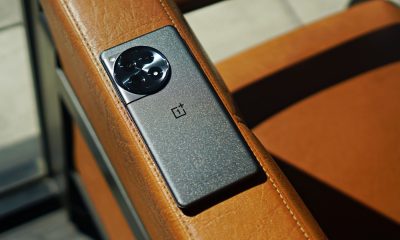
 Reviews4 days ago
Reviews4 days agoOnePlus 12R review: Making sense of OnePlus’ latest flagship
-
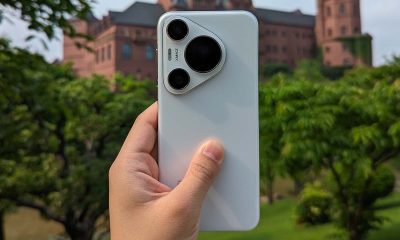
 Smartphones3 days ago
Smartphones3 days agoHuawei Pura 70 Pro Unboxing and First Impressions
-

 Buyer's Guide2 weeks ago
Buyer's Guide2 weeks ago2024 Samsung TV: Buyer’s Guide
-

 Smartphones1 week ago
Smartphones1 week agoInfinix NOTE 40 Pro+ 5G: Philippine pricing, availability
-
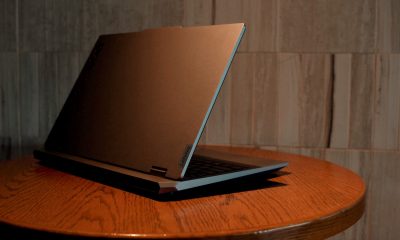
 Features1 week ago
Features1 week agoLOQ and LOAD: The Lenovo LOQ 2024 is for gaming and more
-
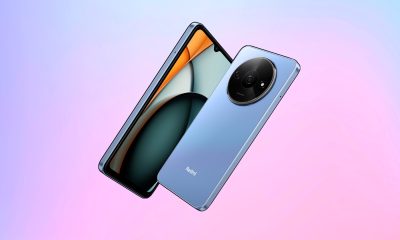
 News1 week ago
News1 week agoXiaomi Redmi A3 Philippine pricing, availability
-

 Gaming1 week ago
Gaming1 week agoStellar Blade review: Strenuous but Stylish




